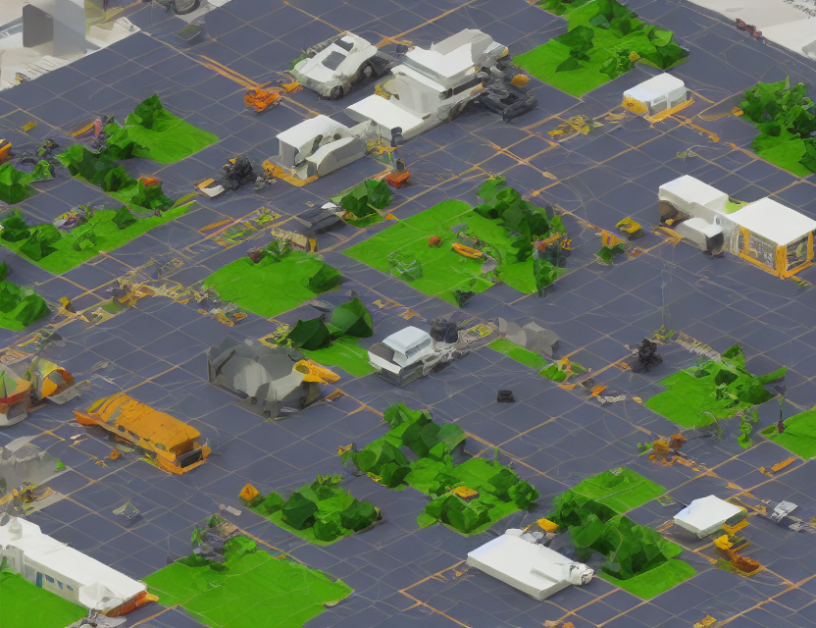In the world of computer vision, generating images from textual descriptions has seen significant advancements with the help of innovative models like the text-to-image diffusion model. This article proposes a new approach called meta prompts, which are concise and adaptive, requiring no additional labels or pre-trained models. The proposed method depends on an externally trained captioning model, increasing both training and inference costs. The authors ask if there can be an even more streamlined and efficient adaptation method?
Section 1: Meta Prompts – From Random Values to Semantic Indicators
Meta prompts are initialized as random values with no meaningful information. Through iterative updates, they learn, adapt, and evolve to encapsulate the subtle complexities requisite for the specific visual perception task at hand. They progress from mere noise to valuable semantic indicators, bridging the divide between text-to-image diffusion models and visual perception tasks.
Section 2: Guided Feature Rearrangement – A New Approach
The authors introduce the concept of guided feature rearrangement, where prompts are used to guide the feature rearrangement process in diffusion models. This approach allows for more accurate and detailed image generation by adapting the areas of focus needed for the current perceptual task. The use of meta prompts in tandem with cross-attention mechanism further amplifies their flexibility.
Conclusion
In conclusion, the proposed method of meta prompts offers a more streamlined and efficient adaptation method for image generation tasks. By leveraging the transformative process of iterative updates, meta prompts evolve from random values to valuable semantic indicators. The guided feature rearrangement approach enables more accurate and detailed image generation by adapting the areas of focus needed for the current perceptical task. This study demonstrates the potential of meta prompts in improving the performance of text-to-image diffusion models, opening up new avenues for future research in computer vision.



